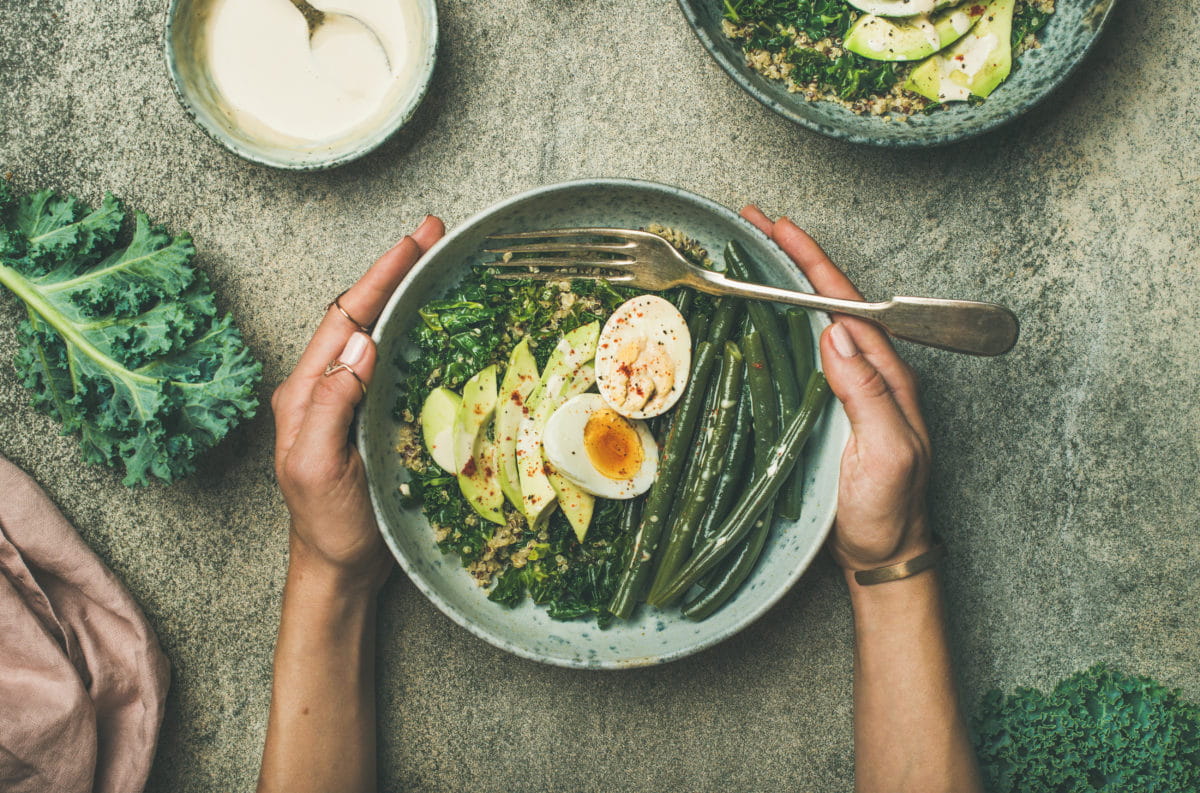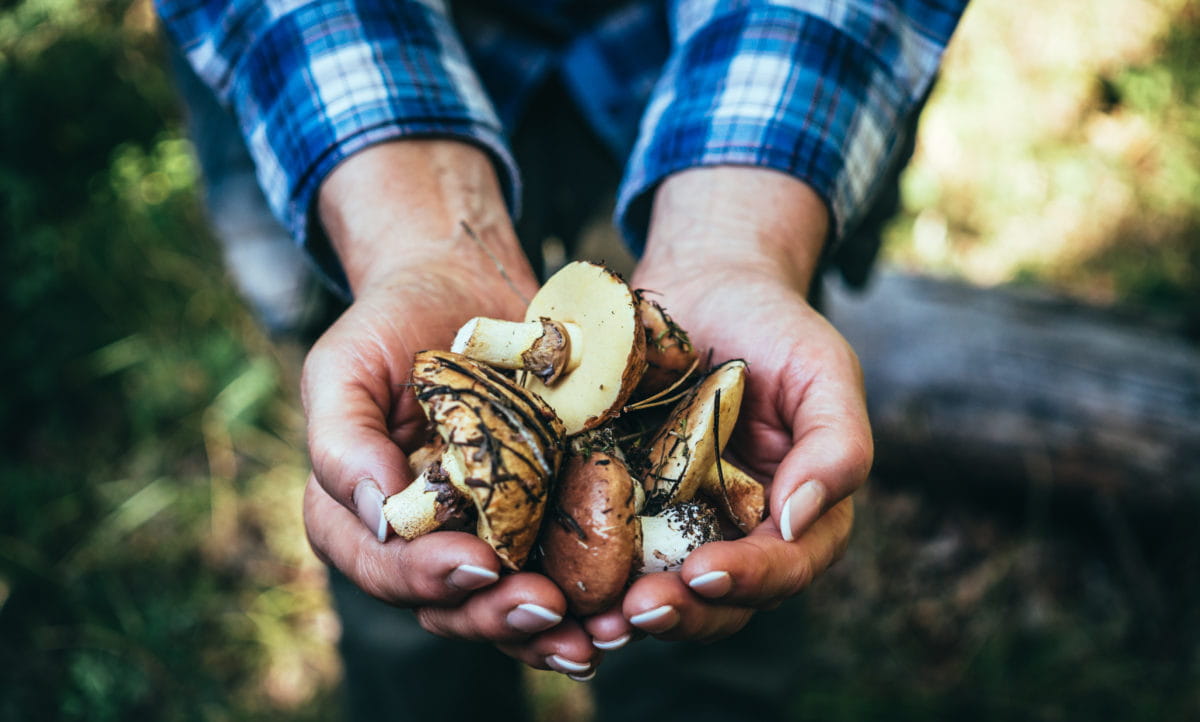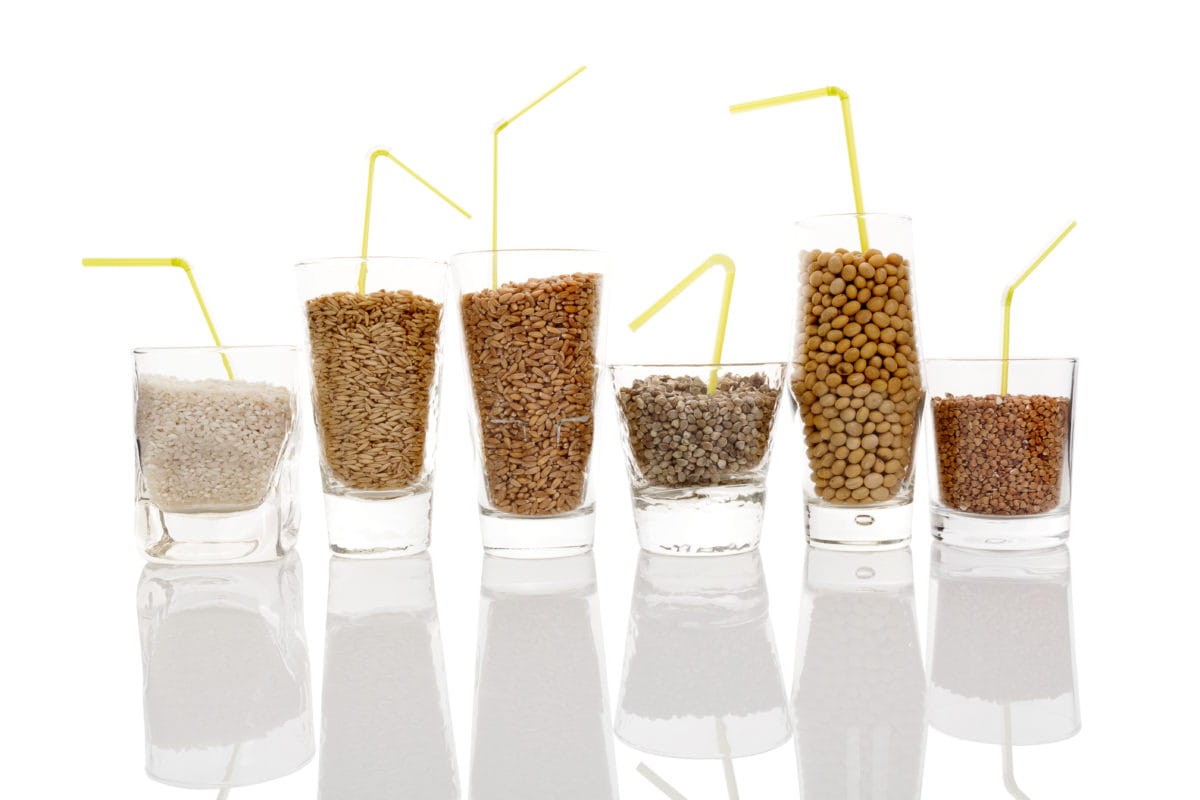Category Insight: Meat Alternatives
November 8, 2018
Click Here for the full report!
MARKET SIZE
2017 saw 4 billion in sales of meat alternatives with 2020 projections topping 5 billion. And with the global population reaching 8.9 billion by 2050, alternative sources of protein are becoming an important factor in sustainable food sources.
Globally, 27 million people follow a plant-based diet in pursuit or a healthy lifestyle. In the US, 62% of consumers now claim to eat meat alternatives, at least occasionally:
30% watching cholesterol
29% watching saturated fat
28% trying to lose weight
A look at global meat alternative product launches between January 2014 and March 2018 shows us 3662 items. There was an increase between 2014 and 2017, with Germany, France, Italy and Sweden leading the way. The US is number seven on the list with 140 new products over that time period.
Top 10 Claims - Global Meat Alternatives, Jan. 2014-March 2018
- Vegetarian
- No Animal Ingredients
- Vegan
- Organic
- Low/No/Reduced Allergen
- GMO Free
- High/Added Protein
- Eco-Friendly Package
- Ease of Use

FLEXITARIANS
Acosta research shows 71% of shoppers who purchase plant-based meat alternatives also eat meat. So the consumer base for meat alternatives is much wider than one might think. Consumers are realizing meat isn’t the only protein source and their diets are becoming more flexible. For example, 34% of meat-eating Millennials eat four or more vegetarian dinners a week. Combine those consumers with the 26% of Millennials who are solid vegetarians, and you have a lot of folks (and that’s just the Millennials!) who are looking for non-meat alternatives.
71% of shoppers who purchase plant-based meat alternatives also eat meat.
34% of meat-eating millennials eat four or more vegetarian dinners a week.
"We knew that in order for this to be successful as a replacement for ground beef, we had to deliver all (the) same properties for consumers." - PATRICK BROWN, FOUNDER OF IMPOSSIBLE BURGER

FORM TRENDS: MIMIC MEAT
Two new burgers on the market seek to appeal to carnivores, as well as vegetarians. The Impossible Burger and Beyond Meat are plant-based burgers that mimic the desirable qualities of a great burger (sizzle, aroma, texture, flavor) without any harm to animals or the planet.
“We knew that in order for this to be successful as a replacement for ground beef, we had to deliver all those same properties for consumers,” says Patrick Brown, founder of Impossible Burger.
The Impossible Burger
Impossible Burger creators use plant heme to recreate the sizzle and flavor of beef using “0% cows.” The company claims this cow-free process uses a fraction of the resources needed for beef -- 95% less land, 74% less water -- and creates 87% less greenhouse gas emissions.
The Impossible Burger is currently only available in restaurants, but can be found across the country at establishments such as fast casual Hop Doddy in Dallas where it comes grill-charred and topped with mayo, lettuce, crisp onion and Tilamook cheddar -- and costs $18
“I was genuinely blown away when I tasted the burger....the impossible foods team has discovered how to re-engineer what makes beef taste like beef. We think this makes a delicious burger.” - CHEF DAVID CHANG OF NYC’S MOMOFUKU
Beyond Meat
First available at Whole Foods where it sold out in an hour, this GMO-free plant burger “bleeds” beet juice and packs 20 g of pea protein per patty. It can now be found at TGIFriday’s and retailers nationwide, with the unique caveat that it’s located in the meat case, right alongside actual beef.
Beyond Meat executive chairman Seth Goldman says the company sees meat as their competition, not other veggie burgers. “We never aspired to be the leader of 5% of the market. We’re going after the other 95%,” he says. And their data now shows 70% of their customers are meat-eaters, not vegetarians or vegans, so this strategy (and their location in the meat coolers) seems right on target.
70% of Beyond Meat customers are meat-eaters
“It looks, tastes and feels like real ground beef. We didn’t believe it either... until we tried it." - TASTING TABLE

MUSHROOMS
Portobello mushrooms are grillable and provide a meaty bite and umami flavoring appealing to burger lovers. So it’s no surprise to see portobello burgers on restaurant menus and mushrooms used as an ingredient with other items in meat alternative retail and menu items.
Shake Shack’s ‘Shroom Burger is a crisp-fried portobello mushroom filled with melted muenster and cheddar cheeses (plus onion, garlic, flour, egg yolk and cayenne), topped with lettuce, tomato and ShackSauce.
Sarah Schmalbruch of Business Insider declared it “a winning order,” whether you were a vegetarian or not. Sarah Jampel of Food 52 tried it and said
it revealed to her that “vegetarian burgers can be just as messily delicious as any meat burger on the menu.”
In June of 2017, Sonic began offering a burger that blends beef and mushrooms to encourage a smaller carbon footprint among customers, although the product is positioned as a “steakhouse burger,” rather than one that is environmentally friendly.
SPOTTED: MUSHROOMS ON THE MENU
Bj’s restaurant and brewhouse, jacksonville, fl: portobello swiss burger with swiss cheese, basil pesto, arugula, balsamic vinaigrette, caramelized onions, tomato and roasted garlic aioli
Aromi, miami beach: portobello burger with pesto sauce, blue cheese, arugula, avocado
Plan check, los angeles: veggie burger of mushrooms, yucca, cashews and kale

FLAVOR TRENDS: ETHNIC
Ethnic flavors remain a culinary trend across categories and veggie burgers are no exception. Countries/regions like India, Greece and Asia are big flavor influences, inspiring retail products like Morningstar Farms Spicy Indian burger and recipes such as Williams Sonoma’s Greek Portobello Burgers topped with cucumbers and chickpeas in yogurt dressing.
We also see specific ethnic sauces like sriracha and chipotle influencing meat alternatives flavor options. Chipotle is often paired with black beans, and we’ve seen that combination paired with flavors such as honey mustard, lime, avocado, smoke, bourbon, cream and Anaheim chiles. A simple sriracha mayo topped “Al’s Veggie Burger” on the Today Show and sriracha and ranch top chickpea burgers on vnutritionandwellness.com.
Tofurky’s Chick’n strips feature globally-inspired flavors Thai Basil, Tandoori, and Sesame Garlic. And Upton’s Naturals features jackfruit in Thai Curry, Chili Lime Carnitas and Italian. Thai Curry is flavored with coconut milk, lemongrass, kaffir lime, red chili and galangal.
PRODUCT SPOTLIGHT: DR. PRAEGER’S BRINGS INTERNATIONAL FLAVORS
Bibimbap: “A modern version of a Korean classic” with Gochujang sauce, brown rice and seven veggies including daikon radishes, bean sprouts and water chestnuts.
Bombay: Indian-inspired burger with carrots, string beans, curry and cumin.
Asian: Classic Chinese flavors including brown rice, water chestnuts, ginger, garlic and soy sauce.
Top 10 Flavor Components - Global Meat Alternatives, Jan. 2014-March 2018
• Unflavored/Plain
• Vegetables
• Smoke
• Peppers/Bell Peppers
• Spice/Spicy
• Spinach
• Tomato
• Quinoa
• Curry Cheese
COMPLEX/LAYERED FLAVORS
As the demand for non-meat menu options grows, we see an increase in chef-driven offerings that showcase culinary creativity and hold spots on menus right along beef, seafood and poultry specialties. Bland pucks of wheat and soy are being replaced with burgers that provide flavor depth and interest.
Chef Zach Brown of Goodfriend Beer Garden & Burger House in Dallas combines roasted sweet potato and sliced, grilled, puréed yellow squash, seasons with poultry seasoning, fresh thyme and flat leaf parsley, and dips the patties into a deep fryer before a final stop in the oven. Fala Bar in Los Angeles offers a garbanzo bean, cilantro, garlic, cumin, onion and kale burger topped with layers of thoughtful flavor: house-made Thousand Island dressing, lemony kale, pickled purple cabbage, grilled onion and avocado. In Chicago, Revolution Brewing provides depth of flavor with a roasted red beet, cremini mushroom and black bean patty, topped with red onion marmalade, arugula and smoked Gouda.

INGREDIENT TRENDS
In addition to ingredients that provide complex and interesting flavors, we see better for you ingredients taking the place of the usual mainstays of soy and wheat.
Greens
Greens aren’t just for topping burgers -- now they ARE the burgers. Kale, for example, has appeared in 17 meat alternative products since 2014, according to Mintel. And you can stop by Doc B’s Fresh Kitchen in Tampa, FL, and order an “All Green” burger featuring a green rice and kale patty topped with Jack cheese and jalapeño aioli.
Grains
Grains’ nutritional content make them good alternative to soy as a product base. We see grains such as quinoa, millet, bulger and buckwheat appearing in meat alternative products and recipes.
Aldi launched a new line of quinoa-based burgers this year featuring flavors such as chipotle, roasted red peppers and kale. Hilary’s Hemp & Greens Burger has a millet base and we see bulger appearing in meat alternatives paired with cashews, walnuts, mushrooms, or chickpeas.
Lentils & Beans
Inexpensive and great sources of protein, lentils and beans make for great meat alternatives. Consumers wanting to avoid meat but still enjoy a deli sandwich can try Lightlife White Bean & Kale Veggie Deli Slices. VG Vegetarian Gourmet Lentil & Walnut Artisan Vegan Burgers made with ground walnuts, flax seeds and mushrooms. And online searches for vegetarian lentil/bean recipes return interesting flavor combinations like lentil burritos with sweet potato, spinach & curry.
Nuts & Seeds
“Nuts and seeds are super sources of plant protein as well as fiber and vitamin E,” says Brill. “Some are rich in ALA, the plant version of heart-healthy omega-3 fatty acid.” In addition to this nutritional boost, nuts and seeds also provide texture and crunch to meat alternatives.
In retail, Carla Lee’s NutBurgers, NutBalls and NutTacos feature a base made from cashews and sunflower seeds. And we’ve seen almonds, pecans, walnuts, and pumpkin, hemp, chia and flax seeds make appearances in recipes and products, as well.
TOPPING TRENDS: ZIP, TANG, CRUNCH
In addition to flavor, texture is an important feature of non-meat alternatives. “The best veggie burgers have zip and fire and crunch,” says Nick Rallo of the Dallas Observer. And the Buddah Burger from Sundown at the Granada, he says, “nails the symphony:” “Bright, crunchy vegetables (green and red cabbage and jalapenos and red onions), both tart and salty, get a smoky creamy sidekick in the chipotle cream. Sundown blends quinoa with vegetable stock, olive oil, carrots, celery, garlic, sunflower seeds, a toasted rice flour, soy and balsamic.” This menu item also speaks to the time chefs are putting into veggie burgers and the complex ingredient and flavor elements they are showcasing.
"The best veggie burgers have zip and fire and crunch." - NICK RALLO OF THE DALLAS OBSERVER

TAKEAWAYS
Meat alternatives is a growing category projected for major growth in the next 10 years, providing excellent space for food product developers who focus on areas such as protein content, no artificial ingredients, organic claims and meat-like flavors.
Click Here for the full report!
You deserve more. Let’s get started.
What does true partnership look like? You deserve a flavor partner ready to turn these trends into the tangible.
Let FONA’s market insight and research experts get to work for you. Translate these trends into bold new ideas for your brand. Increase market share and get to your “what’s next.” Our technical flavor and product development experts are also at your service to help meet the labeling and flavor profile needs for your products to capitalize on this consumer trend. Let’s mesh the complexities of flavor with your brand development, technical requirements and regulatory needs to deliver a complete taste solution.
From concept to manufacturing, we’re here for you — every step of the way. Contact our sales service department at 630.578.8600 to request a flavor sample or contact us at www.mccormickfona.com/contact-mccormick-flavor-solutions
Sources in full report



